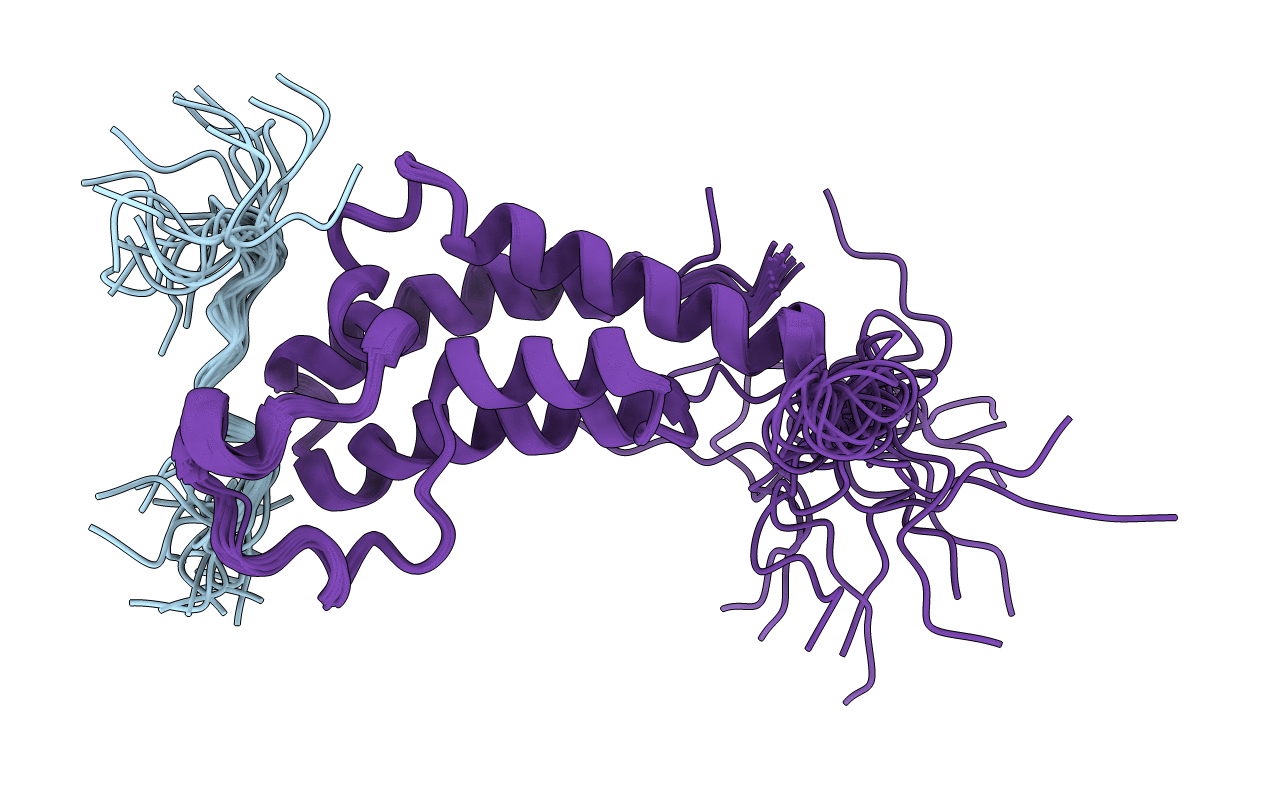
Deposition Date
2018-10-02
Release Date
2018-10-31
Last Version Date
2024-11-20
Entry Detail
PDB ID:
6MNL
Keywords:
Title:
NMR solution structures of second bromodomain of BRD4 with FOXO3a peptide
Biological Source:
Source Organism:
Homo sapiens (Taxon ID: 9606)
Host Organism:
Method Details:
Experimental Method:
Conformers Calculated:
200
Conformers Submitted:
20
Selection Criteria:
structures with the lowest energy


